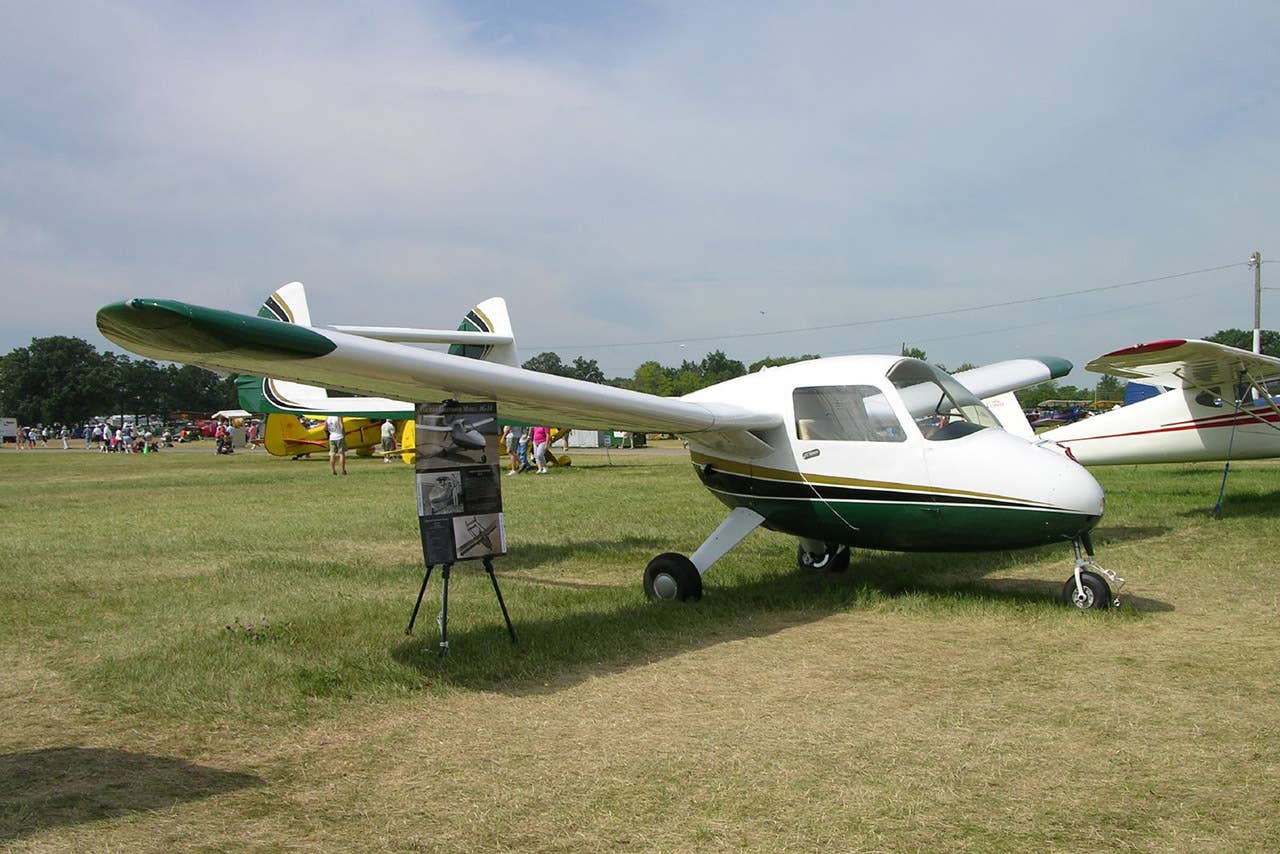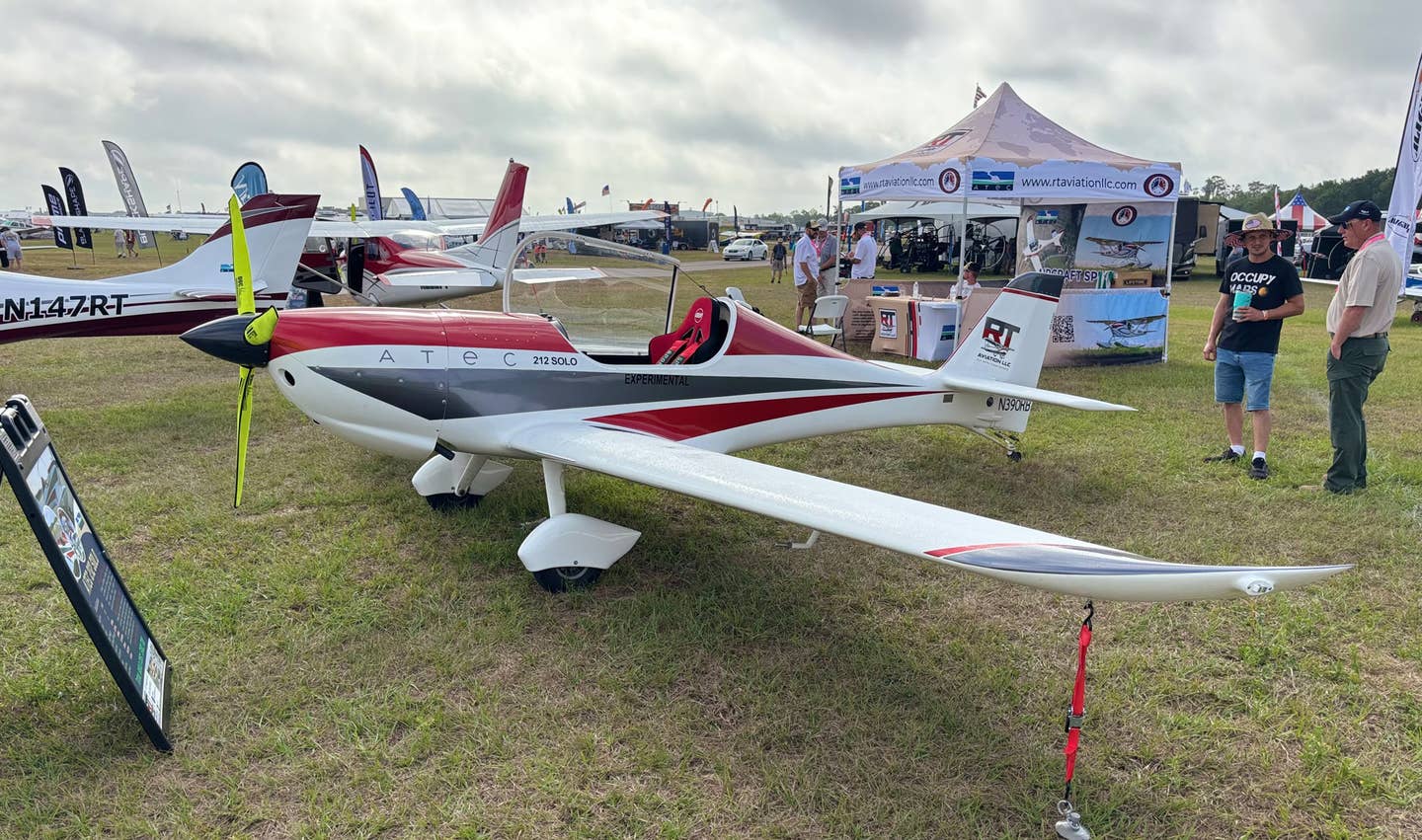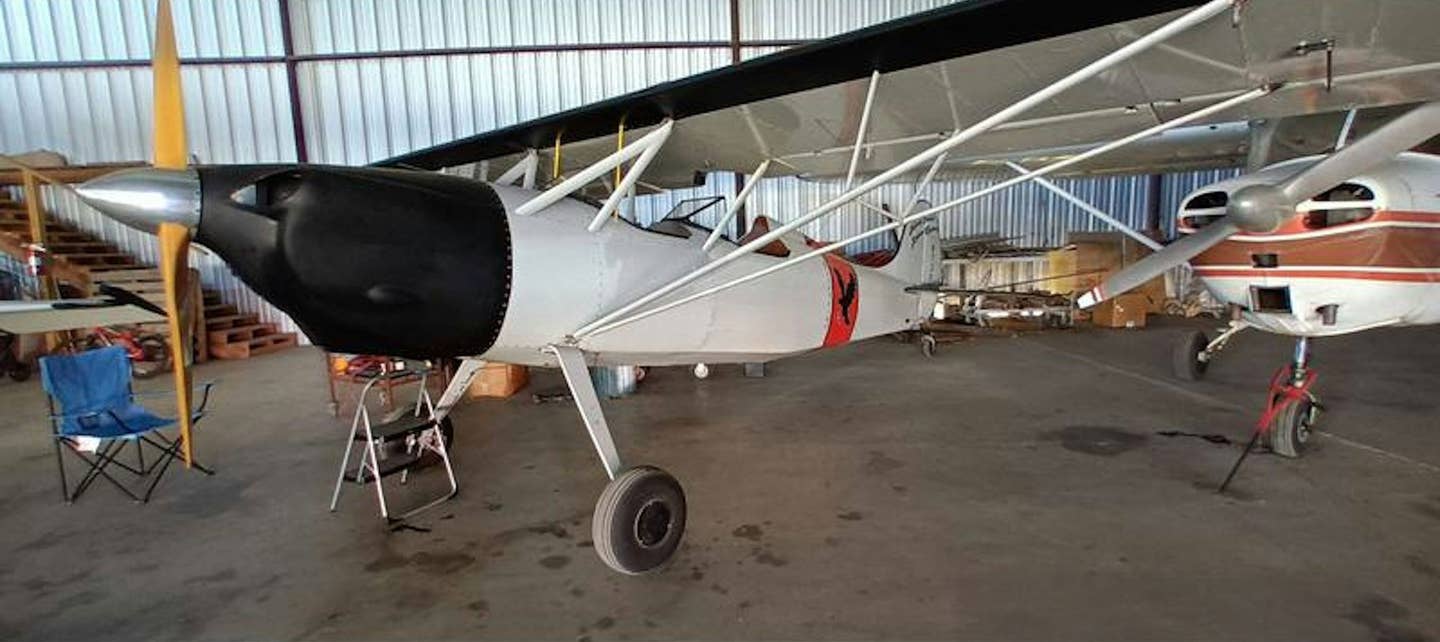This Incredible Plane: Anderson-Greenwood AG-14
An experimental approach to creating a great personal flyer, this pusher never got any traction.

Anderson-Greenwood AG-14
After World War II, three Texas engineers returned home to Houston from Boeing to resume work on an "everyman" aircraft they designed before the war. Ben Anderson, his brother-in-law Marvin Greenwood and their mutual friend engineer Lomis Slaughter opened shop at the now-defunct Sam Houston Airport with the intent of capitalizing on an anticipated post-war general aviation boom with their safe, comfortable, easy-to-fly airplane, dubbed the Anderson-Greenwood AG-14. It was by mutual agreement that Lomis' last name would detract from company marketing, so it was excluded.
The AG-14 was a twin-boom, pusher-propeller, tricycle-gear aircraft. The egg-shaped fuselage sat low to the ground, allowing easy access to the cockpit and aft engine compartment. Without an engine mounted in front of the pilot, cockpit visibility was impressively unobstructed. The fat-chord wing yielded stable (but less than nimble) inflight handling and gentle stall characteristics. Spinning the aircraft was nearly impossible: CAA certification required 50 spins, but the plane could only do them one turn at a time since it flew itself out after completing that one turn! Aft engine cooling proved inadequate, so NACA scoops were integrated into the aft fuselage, which resolved the issue.
Designed to be car-like, the AG-14's steerable nosewheel was actuated with the control wheels and not the rudder pedals. Unfortunately, a feature intended to ease taxiing made crosswind landings challenging: The control wheel had to be centered prior to touchdown to ensure the nosewheel aligned with the runway. Wheel braking was accomplished through a right rudder pedal toe brake only, so no differential braking existed. The AG-14's differential aileron flight controls were also unique. While the ailerons on each wing responded as expected to control wheel input up to 40 degrees of deflection, once past that, the aileron on the upward wing reversed direction to 10 degrees up deflection. And although the aircraft had a twin vertical tail configuration, only one rudder was installed, on the left side.
While cockpit visibility was unparalleled, lack of hard-point structural references around the pilot made level-turns and landings challenging. Aviation journalist Ed Hoadley noted in a 1950 review in Flying that landing was a trick due to "too much visibility." He lauded the plane for its overall handling and performance, however, and noted, "getting in the plane is one of the easiest things I've ever done in months. You simply sit down, pull your legs in and you're ready to depart. Women pilots and modest housewives may now enjoy the pleasures of flight without the singular embarrassments that they encountered in the past."
Despite its attributes, the AG-14 ceased production when the United States entered the Korean War and aluminum became difficult to find. Five aircraft were built. Both prototypes were scrapped. One AG-14 became part of Mississippi State University's ducted prop research and was converted into an XAZ-1 Marvelette, a ducted fan version of the AG-14.
Two others are owned by private individuals, one of whom has often flown his AG-14 to AirVenture.

Subscribe to Our Newsletter
Get the latest Plane & Pilot Magazine stories delivered directly to your inbox






